Rambla Salvador Samà, 47
Vilanova i la Geltrú – Barcelona – Spain
CONTACT FORM

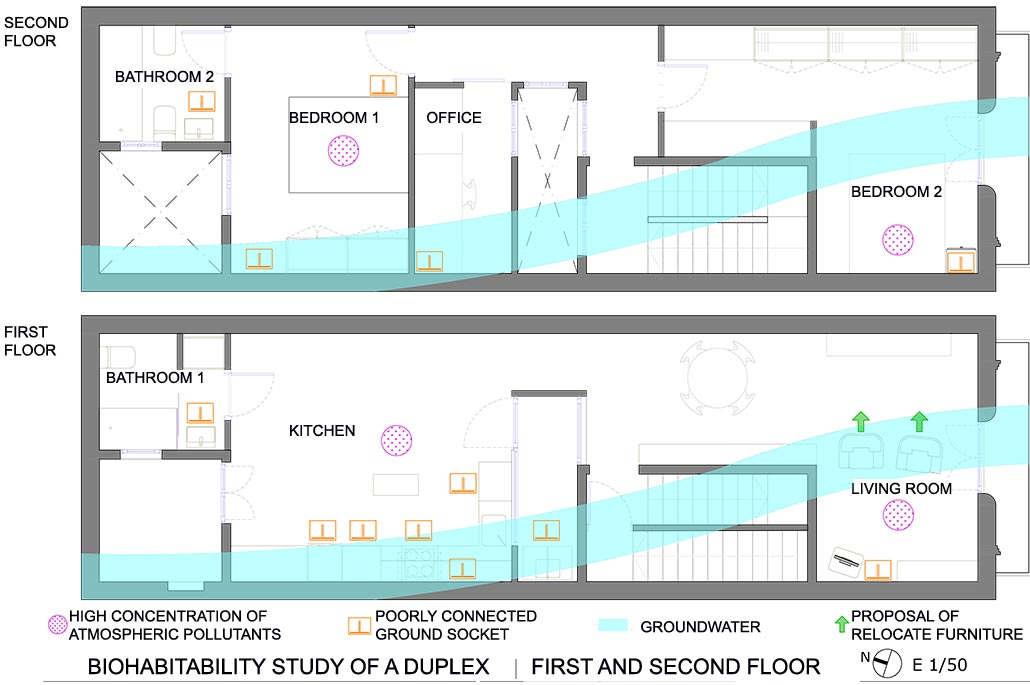
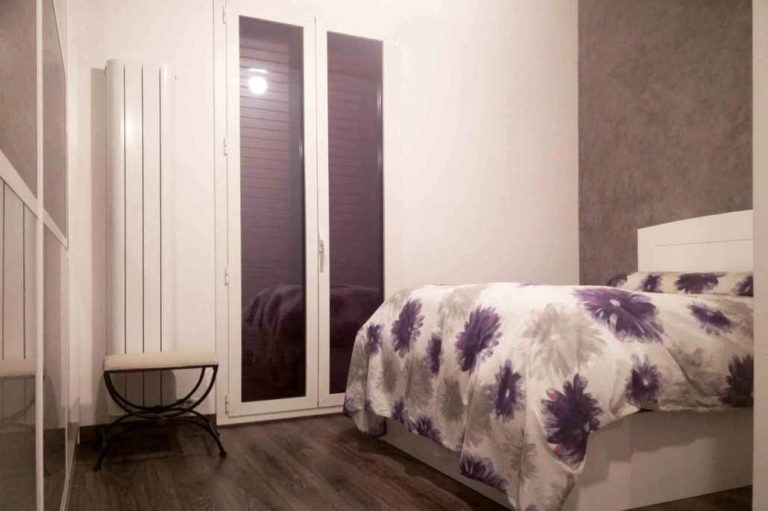
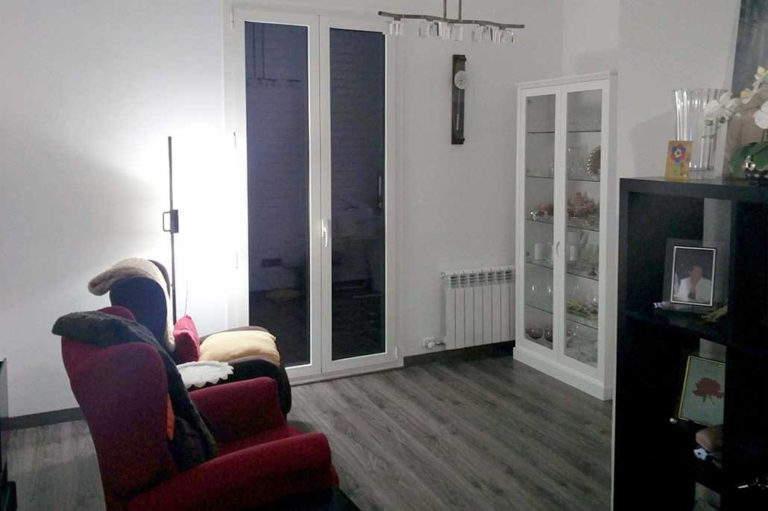
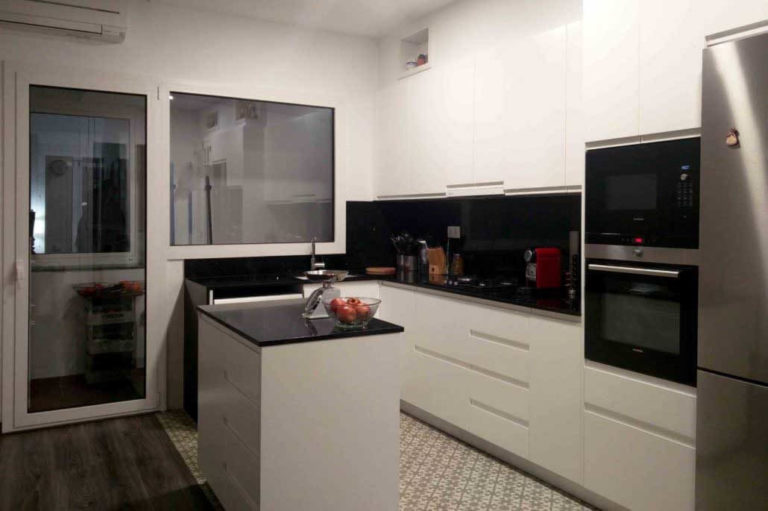
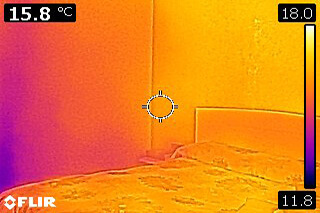
Marta and Montserrat had been living in a new home for half a year, when they contacted me..
Sometimes, being at their home, they would have headaches and cough attacks of which they had never previously suffered.
Once all the changes have been made, the house is more comfortable.
The new humidity levels are no longer favourable to the proliferation of fungi and mites. Marta’s respiratory problems are over!
Rambla Salvador Samà, 47
Vilanova i la Geltrú – Barcelona – Spain

2025 © Copyright - Carles Surià